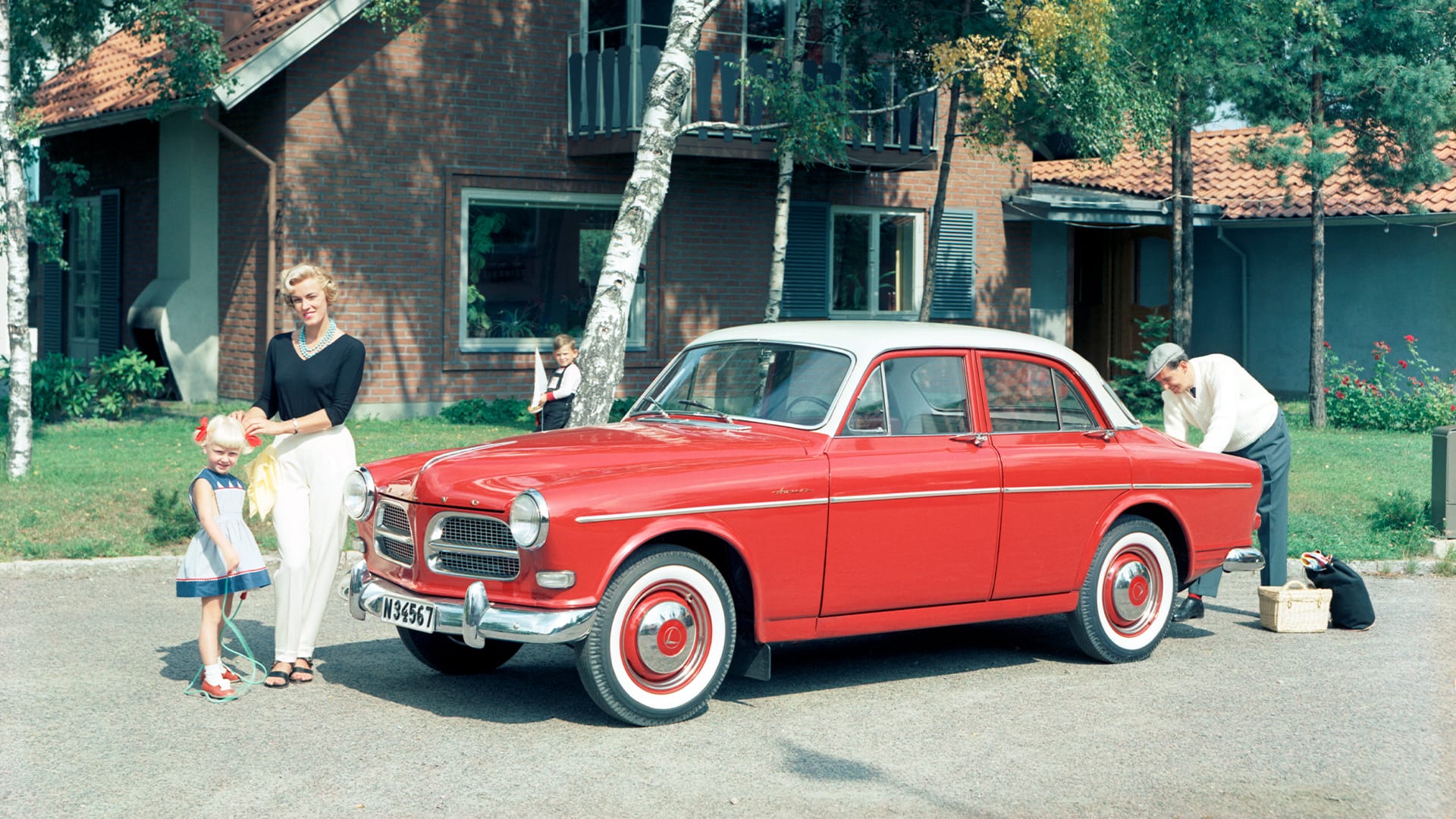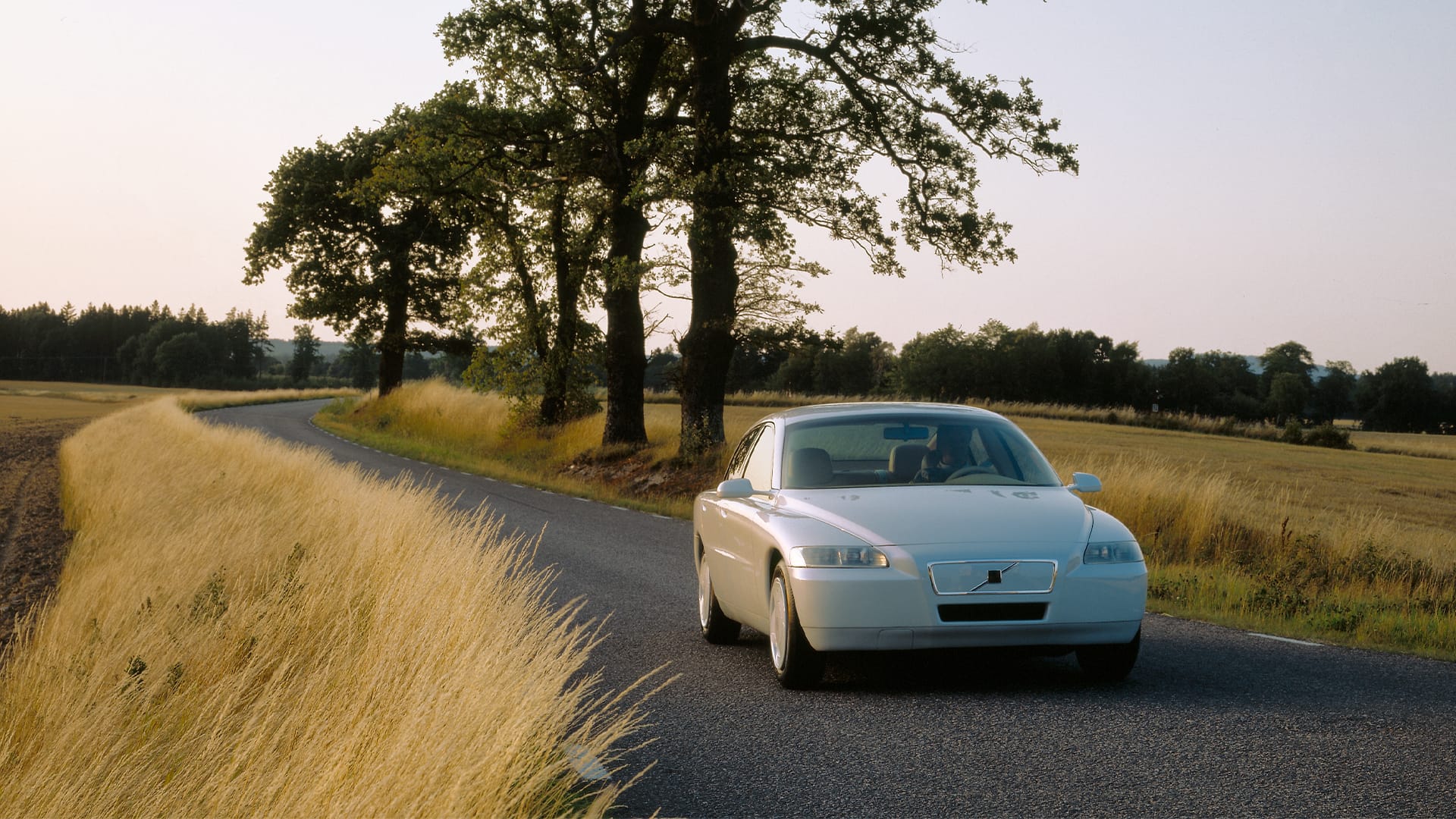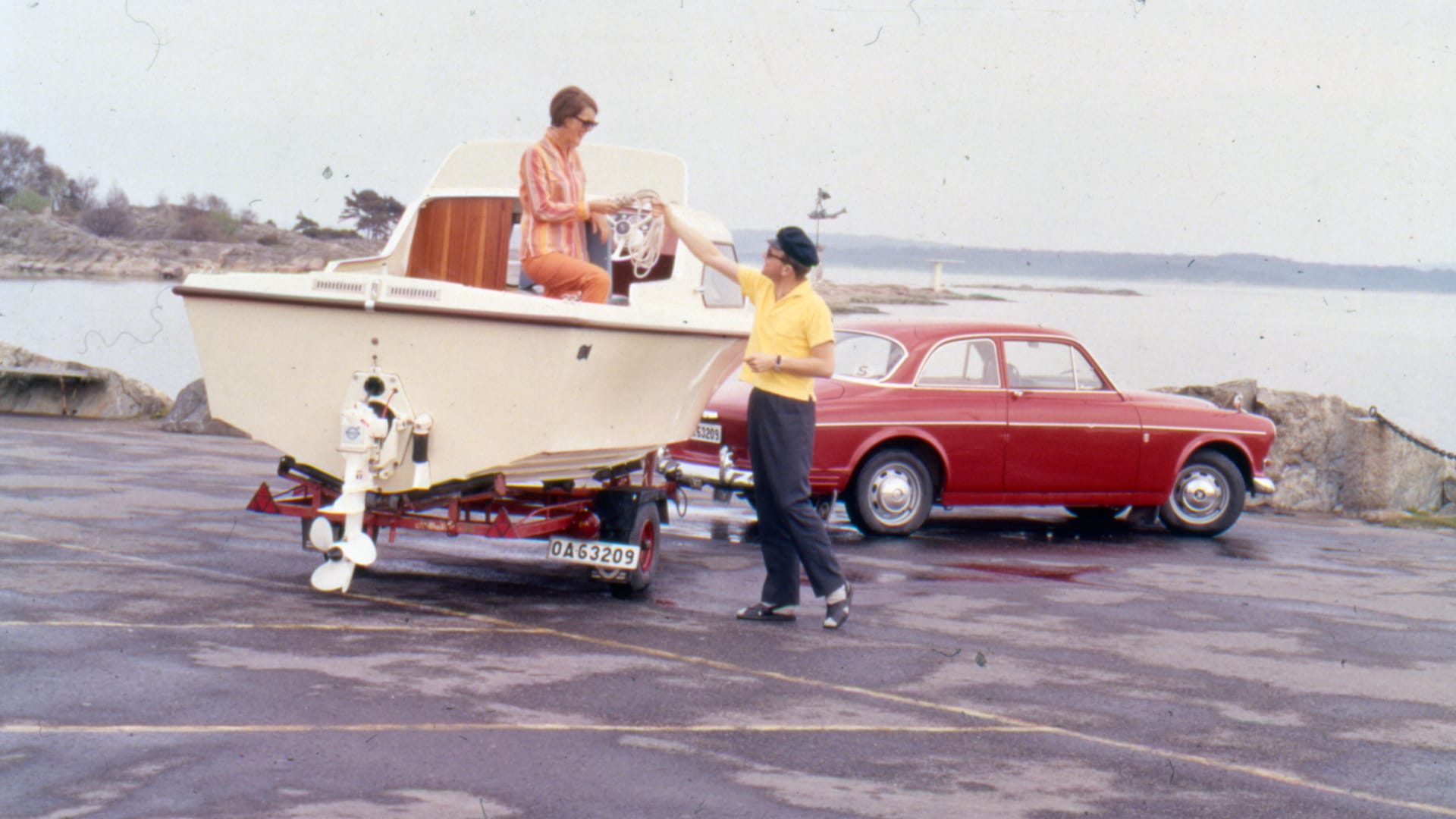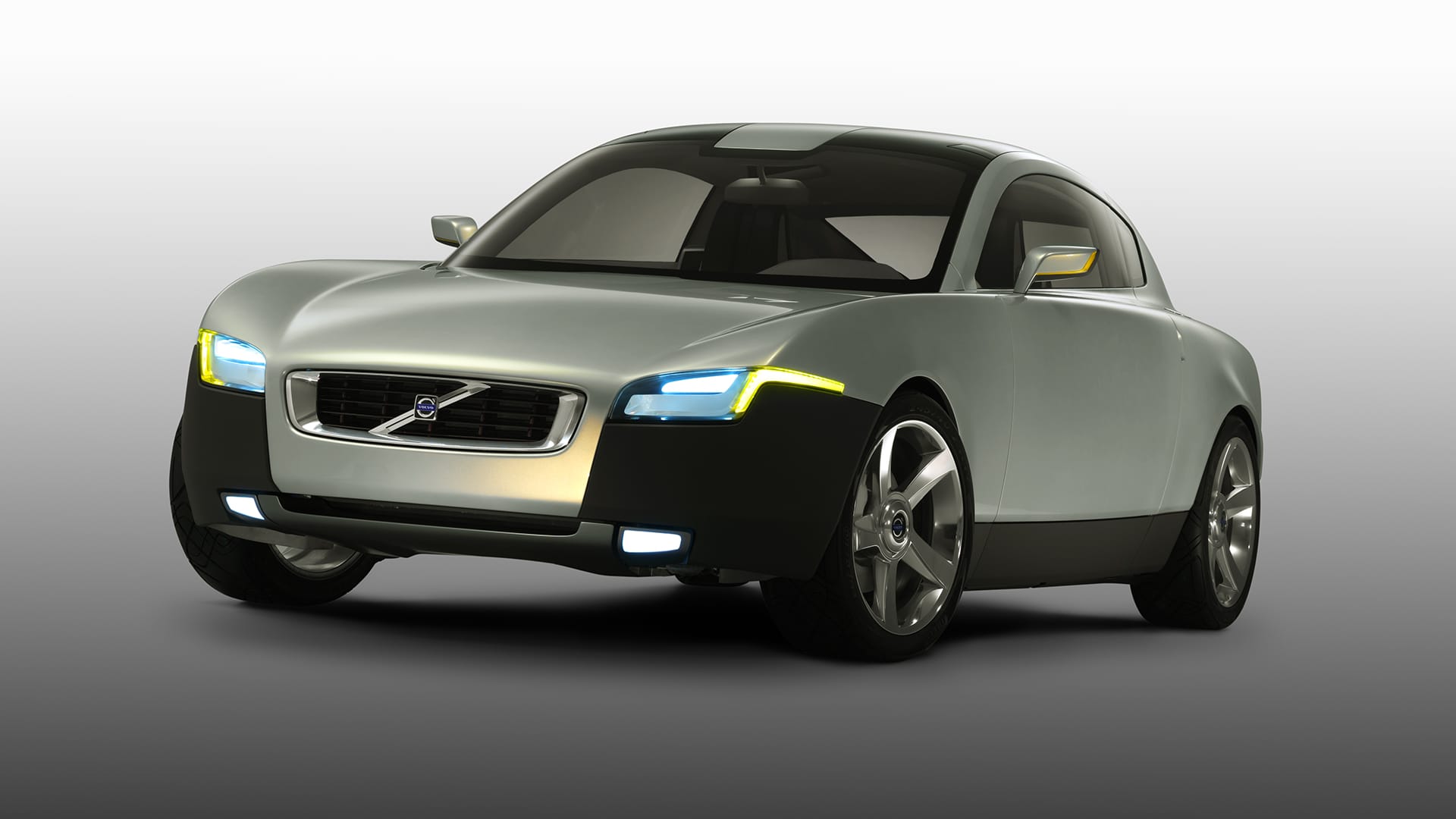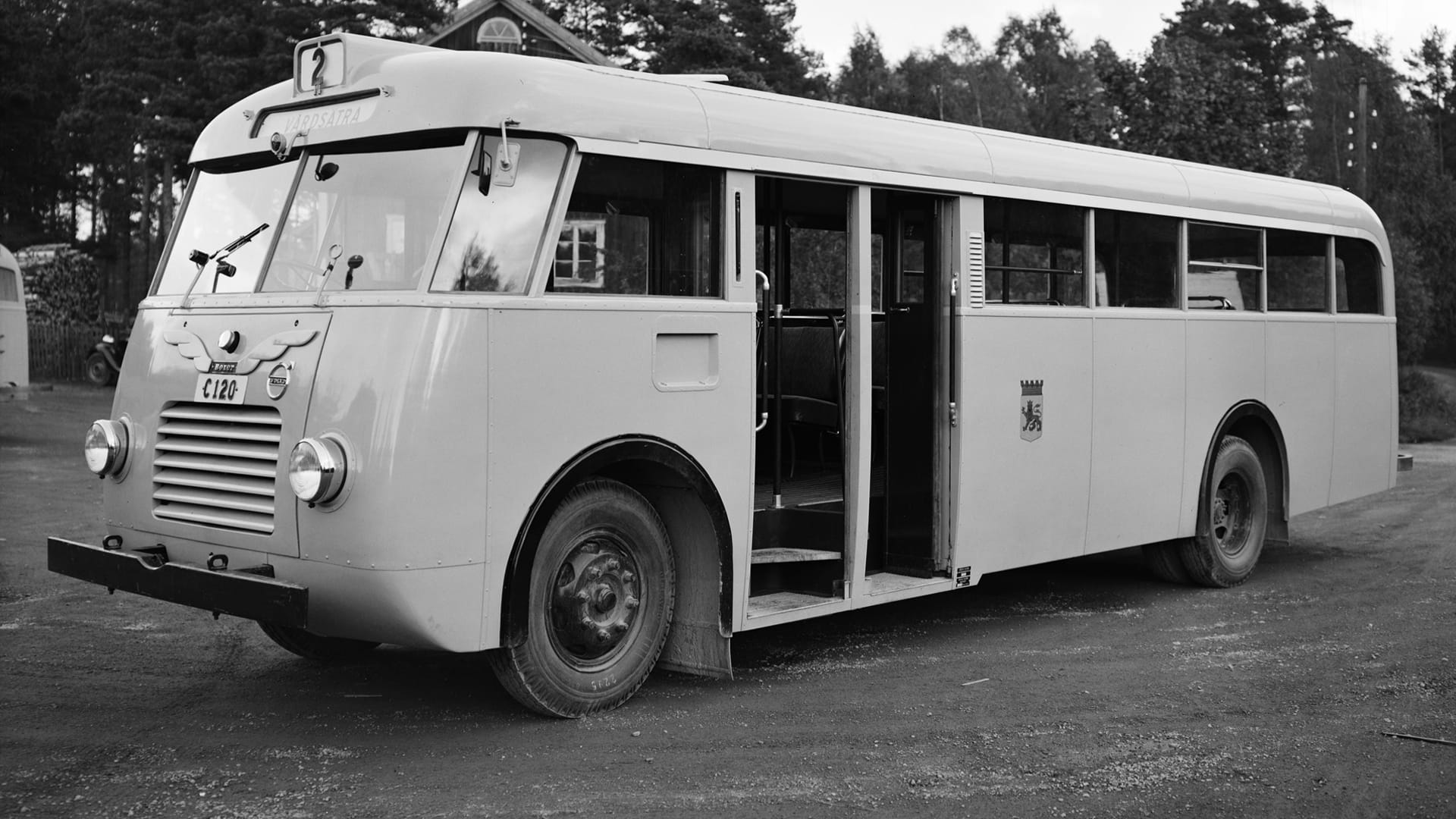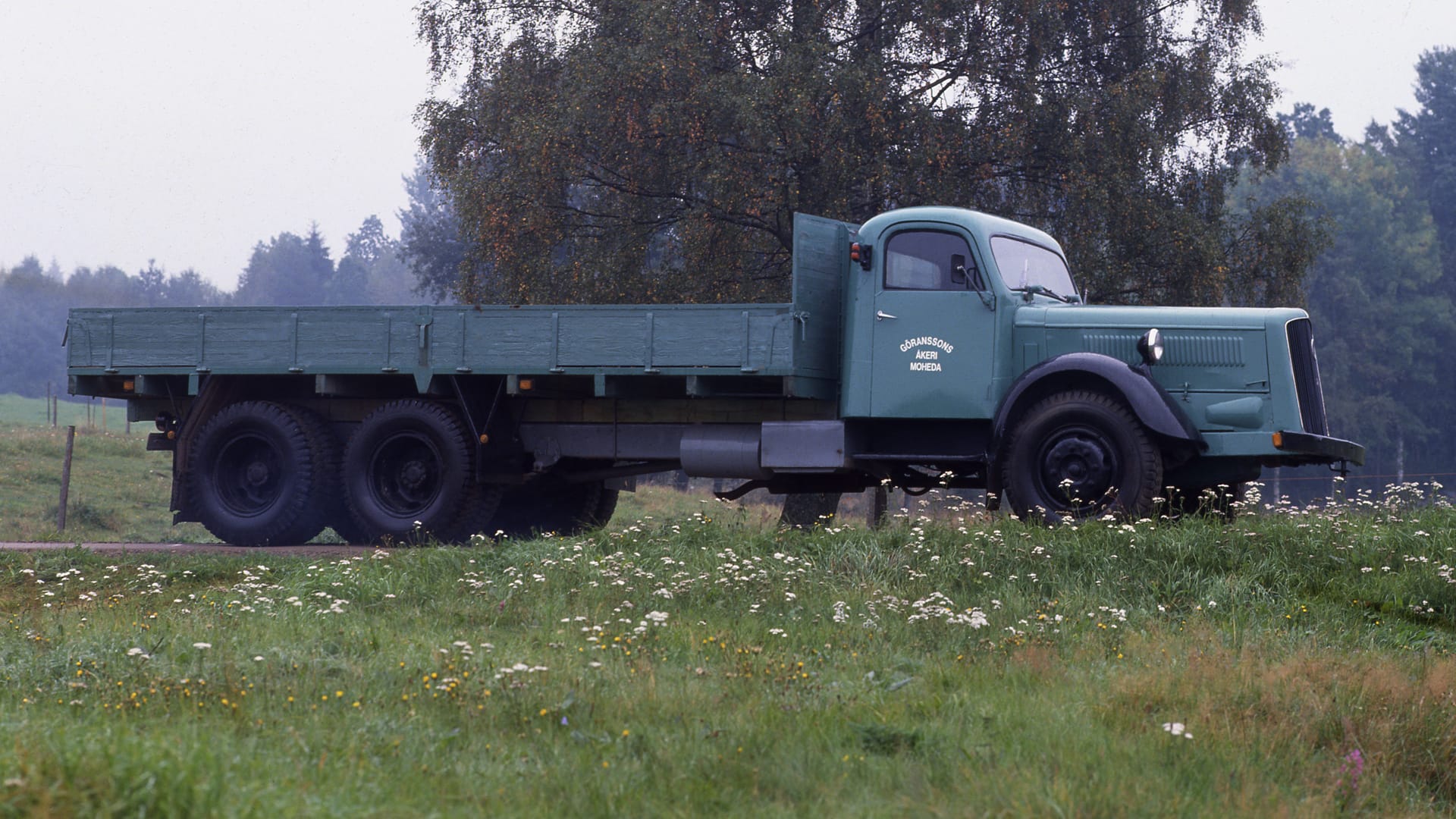Volvo Titan Turbo

Strong as a giant
The Titan model is introduced as early as 1951 and is meant to compete in the heaviest class. This model is from 1959. The basic design is taken from previous models, but the engine, a 9.6-liter one, is initially manufactured in aluminium alloy. Upon its launch, it's decided that the model should not only be assigned a designation but also a name. Volvo announces a competition, and out of the many entries, 14 contain the same suggestion – Titan.
In 1954, Volvo Titan becomes the world's first mass-produced truck with a turbocharged engine. Turbocharging technology has been used for engines in ships, airplanes, and locomotives since the 1920s, and even in a truck from the Swiss company Saurer in 1938. The purpose of turbocharging is to increase power while simultaneously reducing fuel consumption.
Probably no other decade has meant as much for truck development as the 1950s. Much happens with the engines, in particular. Petrol engines are replaced by direct injection diesel engines – and in 1954, the first turbocharged engine arrives. The stronger engines result in heavier and longer vehicles. Also, the drivers' comfort improves. Driving becomes easier with power steering, and the introduction of sleeper cabs provides better rest opportunities.
Divine being
Volvo Titan, initially carrying the model name L395, is launched in 1951 and gets its name from a competition. For the first time, a Volvo model receives an official name. According to Greek mythology, a titan is the first generation of divine beings and the offspring of Uranus (heaven) and Gaia (earth), who control the earth before the arrival of the Olympic gods. Titan is therefore a highly appropriate name for this giant.
Steel cabin
The Titan model isn't entirely new; many proven components from previous generations are used, including the chassis and gearbox. However, the design is smoother, and for safety reasons, the cabin is made of steel, long before legislation requires it in 1960. Titan is also equipped with a new direct-injection and a more powerful diesel engine, which also shares some parts with previous versions. But the displacement has increased from 8.7 to 9.6 litres, and the power is 150 hp instead of the previous 130 hp. The engine block is largely made of aluminium alloy to save weight, a technique taken from Volvo Flygmotor (later Volvo Aero).
Turbocharged
Three years later, in 1954, the turbocharged engine arrives, and now the power is increased to 185 hp, despite the engine's weight only increasing by 25 kilos. Volvo organises a showcase tour, a roadshow, and two vehicles attract particular attention. One is the Titan Turbo, and the other is the Volvo P1900 passenger car, originally called the Sport. Titan becomes a significant commercial success, and up until 1965, 19,537 units are sold, while only 68 units of the P1900 are produced, plus four prototypes.
Economical engine
In a brochure from 1954, the advantages of turbocharging are described: "Since the compressor is driven by the exhaust gases, the engine is particularly economical. Although the turbocharged engine delivers higher power, fuel consumption remains unchanged." This highlights the major benefit of turbo technology: higher power yet maintained or even reduced consumption.
From ships and planes to trucks
The turbocharger is invented by Swiss engineer Alfred Büchi, who patents it in 1905. The technology begins to be used in the 1920s, primarily in ships and trains with diesel engines. The first commercial use occurs in 1925 when Alfred Büchi installs his invention in a ten-cylinder diesel engine, increasing its power from 1,750 hp to 2,500 hp. The engine is used by the German transport department for two large passenger ships, "Preussen" and "Hansestadt Danzig." Turbo technology is used for aircraft engines during World War II, including in Boeing's B-17 Flying Fortress. Swiss truck manufacturer Saurer AG is the first in 1938 to equip a truck with a turbocharged engine, but no series production occurs.
Racing
The breakthrough for turbocharging comes in the 1950s when the German company Eberspächer develops a turbocharger so small that it can fit in the engine compartment of a truck. A race starts between the German truck manufacturer MAN and Volvo – and one might say that both win. MAN presents a concept truck with a turbocharged engine as early as 1951, but Volvo manages to be first to mass-produce the Titan Turbo in 1954. Turbocharged diesels eventually completely take over from naturally aspirated engines, and in 1980, Volvo manufactures its last naturally aspirated engine for trucks.






